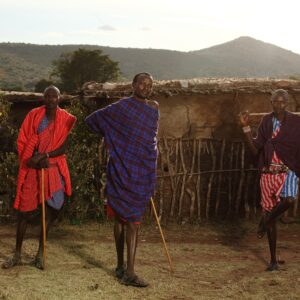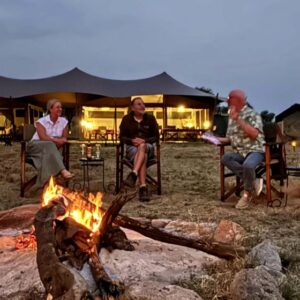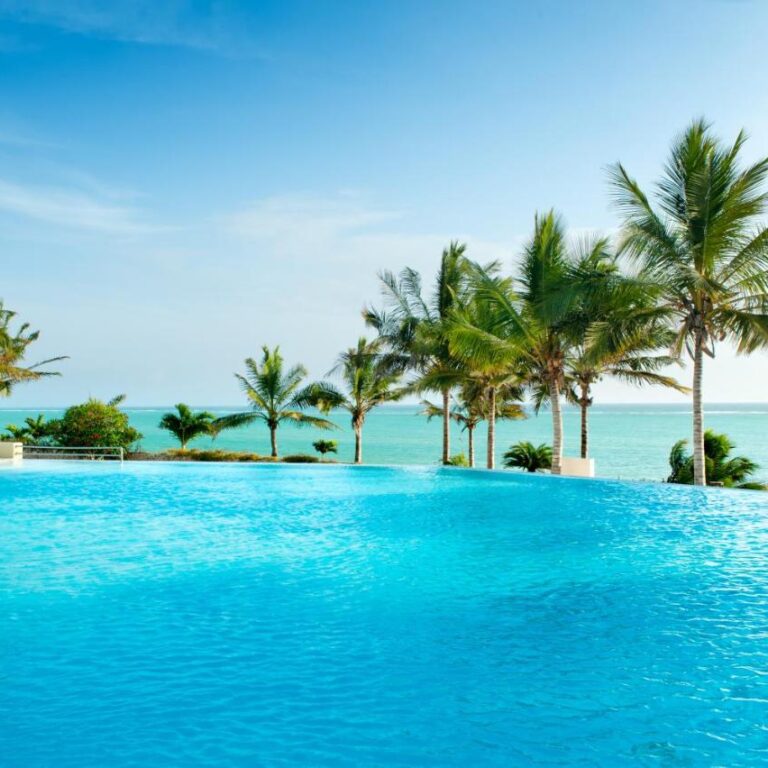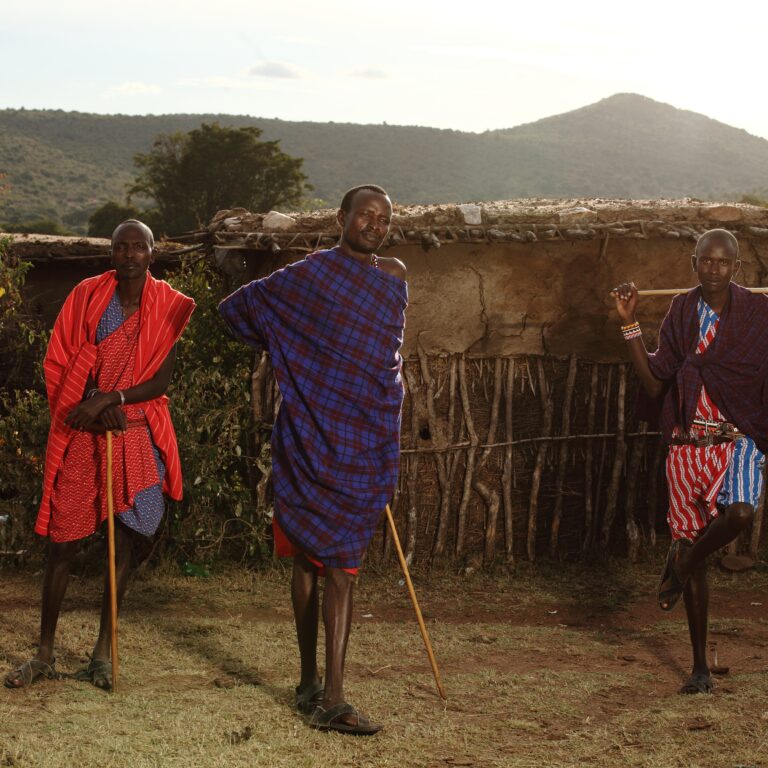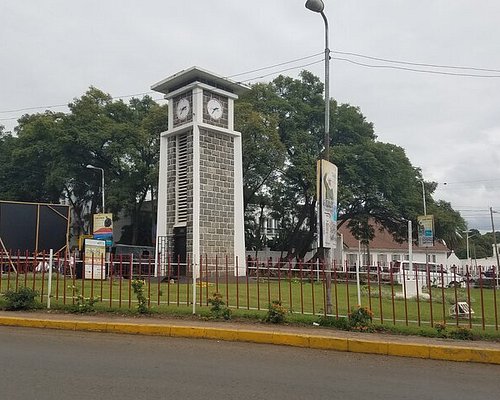Climbing Mount Kilimanjaro is a dream for many adventurers. The allure of standing atop Africa’s highest peak is undoubtedly enticing. However, the journey to Uhuru Peak is as challenging as it is rewarding. As you prepare for this endeavor, it’s crucial to understand not only the do’s but also the don’ts of Kilimanjaro trekking. To maximize your chances of a successful Kilimanjaro climb, avoid common mistakes like underestimating altitude sickness, neglecting physical preparation, bringing inadequate gear, and choosing the wrong guide service. By being mindful of these common mistakes, you can maximize your Kilimanjaro experience, ensuring it’s both enjoyable and responsible. Here are ten common mistakes to avoid to ensure a successful and safe ascent.
1. Underestimating the Challenge
One of the most significant mistakes climbers make is underestimating the challenge of climbing Kilimanjaro. While it may not require technical climbing skills, the trek demands physical stamina and mental fortitude, common mistakes while climbing Mount Kilimanjaro. Many adventurers think they can hike it with little preparation. Instead, take the time to train adequately, focusing on building endurance through regular cardio, strength training, and multi-day hikes to mimic the conditions you’ll face on the mountain. Check out this, The 10 Biggest Misconceptions About Climbing Kilimanjaro.
2. Poor Acclimatization
Altitude sickness is a serious concern on Kilimanjaro due to its high elevation. Climbers often make the mistake of ascending too quickly without giving their bodies time to acclimatize, common mistakes while climbing Mount Kilimanjaro. To avoid this, choose a longer itinerary that allows for gradual ascent, promoting better acclimatization. The general rule is to ascend no more than 1,000 feet (300 meters) per day and to take rest days if needed.
3. Ignoring Hydration and Nutrition
Staying hydrated and well-nourished while climbing is paramount. Many climbers neglect their water intake or opt for snacks that are not energy-dense. A common mistake is assuming that they’re drinking enough simply because they’re not thirsty. Carry sufficient water and consume high-energy snacks such as nuts, energy bars, and dried fruits. Your body will need all the fuel it can get to maintain stamina during the trek.
4. Inadequate Gear Selection
The right gear can make or break your Kilimanjaro experience. Many climbers believe they can use their regular hiking gear, which can lead to discomfort or even injury. Avoid the mistake of under-preparing by investing in high-quality, moisture-wicking clothing, sturdy hiking boots that have been properly broken in, and essential gear like a good sleeping bag, trekking poles, and layers to handle varying temperatures.
Renting gear locally is also an option, but ensure it is of good quality. Common gear mistakes include: Inadequate rain protection (jackets, pants, pack covers), Not enough insulation for summit day (think down jacket, warm gloves, and hat), Poor footwear choices (worn-out boots or shoes without ankle support)
To prepare for a Kilimanjaro climb, pack a duffel bag (65-100 liters), a 35-50 liter backpack, trekking poles, a warm sleeping bag, layers of clothing, waterproof gear, hiking boots, and essential personal items like sunscreen, lip balm, and a hat complete list of items to bring for Kilimanjaro.
5. Disregarding Weather Conditions
Kilimanjaro’s weather can be unpredictable, with conditions changing rapidly from sunny to stormy. A common mistake is failing to check the weather reports before and during your climb. Climbers often arrive unprepared for rain or extreme cold. Always check the forecast a few days before your trek and bring gear suitable for varying conditions, including a waterproof jacket, warm layers, and sun protection.
6. Skipping Pre-Climb Briefings
Before the climb, tour operators typically provide pre-climb briefings that cover essential aspects of the hike and safety measures. Some climbers mistakenly skip this meeting, thinking they can figure it out as they go. This is a common mistake while climbing Mount Kilimanjaro. Neglecting this opportunity can lead to misunderstandings about the trek, risks, or even behavior expected on the mountain. Always attend the briefing and ask questions to ensure you understand the challenge ahead.
7. Overpacking
While it’s important to be prepared, overpacking is a common mistake that can make the trek more arduous than necessary. Climbers often bring too many personal items and non-essential gear, while missing out on critical gear that may be needed, common mistakes while climbing Mount Kilimanjaro. Consider a packing list and stick to the essentials to ensure your backpack is manageable, this is what I wish I knew before climbing Kilimanjaro. Remember, every ounce matters, especially on the ascent.
8. Pushing Through Symptoms of Altitude Sickness
The summit push is exciting, but rushing can deplete your energy and increase altitude sickness risks and avoid painful feet on Mount Kilimanjaro. Pace yourself, conserve your strength, and enjoy the incredible scenery and personal triumph of each step you take. Climbers might feel the pressure to keep going despite experiencing symptoms of altitude sickness, such as headache or nausea. Ignoring these signs can lead to severe complications of failing to take summit day seriously. If you or your trekking companions experience symptoms, it’s crucial to communicate openly and be willing to descend if necessary. Your health should always take precedence over reaching the summit.
9. Choosing the Wrong Route
Kilimanjaro offers several routes, each with its unique challenges and scenery. Many climbers fail to choose the route that best fits their experience level or objectives. Some may opt for a shorter route to save time but may find it lacks adequate acclimatization days, increasing the risk of altitude sickness. Research your options thoroughly and consult with experienced guides to find the best fit for your group.
To ensure a safe Kilimanjaro climb, prioritize slow, steady ascent, stay hydrated, and be aware of altitude sickness symptoms, which can range from mild to severe, and seek immediate descent if needed
10. Neglecting to Enjoy the Journey
It’s easy to focus solely on the summit and forget to take in the beauty of the journey. Many climbers get caught in the mindset of reaching the top, thereby missing out on the stunning landscapes, unique ecosystems, and the camaraderie developed along the way. Remember to pause, take photos, and appreciate the experience. Each step on this magnificent mountain holds its rewards.
Climbing Kilimanjaro is a thrilling adventure, but many trekkers make common mistakes that can detract from their experience. Here are three key pitfalls to avoid. Underestimating Acclimatization and Altitude Sickness. Neglecting Physical Preparation. Bringing Improper or Incomplete Gear. Failing to Take Summit Day Seriously. Choosing the Wrong Guide Service.
11. Ignoring dietary needs can seriously impact your ascent.
Fuel your body with nutritious meals and snacks throughout the climb. Preventing altitude sickness when climbing Kilimanjaro. Opt for easily digestible carbohydrates, protein, and healthy fats. Avoid overly processed foods and excessive alcohol, which can worsen altitude symptoms. Altitude affects appetite and digestion; ensuring you have nutritious, high-energy foods is crucial. If you’re not prepared with adequate snacks and meals to sustain your energy, you risk feeling fatigued and underprepared for the challenge ahead.
12. Many climbers forget their environmental responsibility.
Leave no trace of your presence on Kilimanjaro. Life Lessons from climbing Mount Kilimanjaro, the top of Africa. Pack out all your trash, respect the fragile ecosystem, and choose a tour operator committed to sustainable practices.
Climbing Kilimanjaro is a transformative journey, but avoiding these common mistakes can make it even more rewarding. Safety equipment is needed to climb Kilimanjaro. Remember, it’s not just about reaching the summit; it’s about the preparation, the challenges overcome, and the lessons learned on the breathtaking slopes of Africa’s “Roof of the World.” So, pack smart, climb smart, and embrace the adventure that awaits!
Kilimanjaro is a precious ecosystem, and leaving no trace is essential. Ensure you pack out all waste, including biodegradable items. Respecting the environment is not just about preserving the natural beauty but also about being a responsible traveler.
13. Choosing the wrong guide service can make or break your trek.
While experienced climbers may consider solo attempts, for most, a qualified guide is invaluable. Guides navigate the routes, manage logistics, provide critical safety information, and help you acclimatize, increasing your chances of success. Opting for the cheapest option may lead to inadequate support and safety measures. Research reputable Foot Slopes Tours and Safaris guides who prioritize safety, environmental practices, and have good reviews. A knowledgeable guide can enhance the experience, ensuring you navigate the terrain safely while immersing you in the rich culture of Tanzania.
Kilimanjaro Packing Mistakes: What Not to Bring
When preparing for your Kilimanjaro trek, avoid packing items that can weigh you down unnecessarily. For instance, bulky clothing such as jeans or cotton t-shirts absorbs moisture and takes too long to dry, increasing your discomfort. Don’t bring heavy or non-waterproof footwear; choose lightweight, breathable hiking boots instead. Additionally, skip excessive electronics; a good camera may suffice. Forgetting essential items like trekking poles can hinder your journey, but overpacking snacks can add unwanted weight. Stay smart and pack strategically for an optimal trek. Packing Mistakes to Avoid for Kilimanjaro Treks
Many travelers underestimate the importance of thoughtful packing for Kilimanjaro, the most dangerous mistakes climbers make on Kilimanjaro. Avoid bringing large or heavy items, which can hinder your mobility; for example, bulky backpacks or unnecessary camping gear can weigh you down. Don’t pack more than one heavy jacket—layering is key. Additionally, leave behind elaborate toiletries and unnecessary electronics; they add weight without benefit. Lastly, refrain from packing excessive snacks—balance is crucial—and ensure you have lightweight rain gear instead of overly heavy alternatives, ensuring you remain comfortable throughout your ascent.
Top 10 mistakes People Make when booking their Kilimanjaro Climb
When booking a Kilimanjaro climb, avoid these common mistakes: underestimating the challenge, rushing the ascent, neglecting acclimatization, skimping on gear, and not planning for summit night’s extreme conditions.
✔Underestimating the Challenge: Kilimanjaro is a challenging climb, not a casual hike. It requires significant physical and mental preparation.
✔Rushing the Ascent: Don’t try to summit too quickly. A slower, more gradual ascent is crucial for acclimatization and safety.
✔Neglecting Acclimatization: Altitude sickness can be a serious threat. Allow ample time for your body to adjust to the increasing altitude.
✔Skimping on Gear: Invest in quality gear, including layers for warmth, sturdy hiking boots, and appropriate clothing for varying weather conditions.
✔Not Planning for Summit Night: Summit night is the most challenging part of the climb, with freezing temperatures and long hours of hiking. Be prepared with warm clothing, energy snacks, and a headlamp.
✔Not Choosing the Right Route: Some routes are more challenging than others. Research the routes carefully and choose one that aligns with your fitness level and experience.
✔Not Hiring a Good Tour Operator: A reputable tour operator can make a huge difference in your Kilimanjaro experience. Research different operators and choose one with a good track record.
✔Not Bringing Enough Money for Tips: Be prepared to tip your guides, porters, and cooks generously for their hard work.
✔Not Being Prepared for the Weather: The weather on Kilimanjaro can change quickly. Be prepared for rain, snow, and cold temperatures.
✔Not Being Prepared for the Altitude: Altitude sickness can strike anyone. Be aware of the symptoms and take steps to prevent it, such as drinking plenty of water and ascending slowly.
Final thought
Climbing Kilimanjaro is a transformative adventure that takes preparation, respect for nature, and an understanding of your limits. By avoiding these common mistakes, you’ll not only increase your chances of a successful summit but also enrich the entire experience. With the right preparation and mindset, Kilimanjaro can be one of the most unforgettable experiences of your life. Embrace both the challenge and the beauty that await you on this majestic mountain. Happy climbing.


